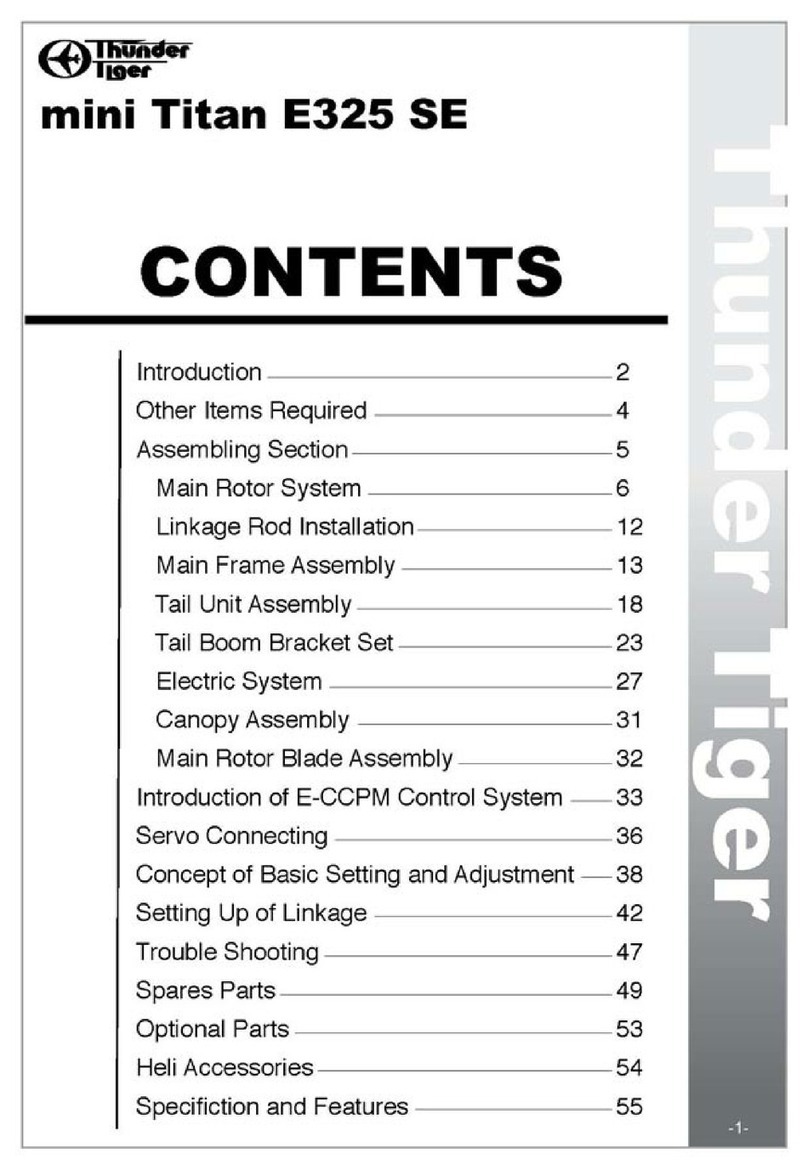THUNDER TIGER Dragonfly 15 User manual
Other THUNDER TIGER Toy manuals
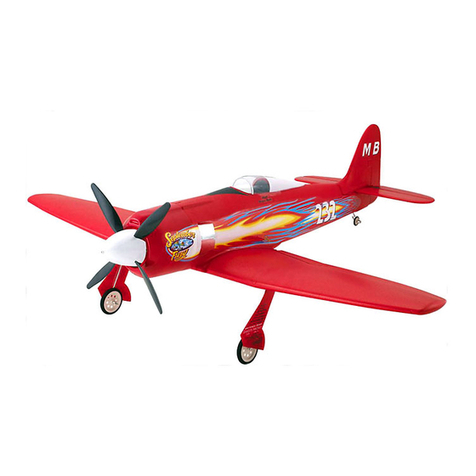
THUNDER TIGER
THUNDER TIGER Sept. Fury User manual
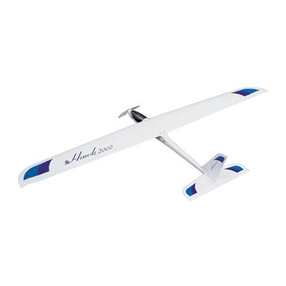
THUNDER TIGER
THUNDER TIGER E-HAWK 2000 User manual
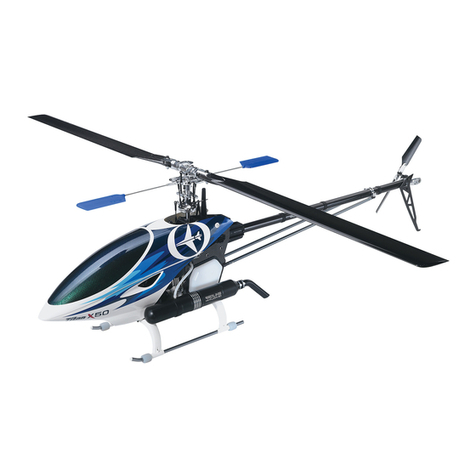
THUNDER TIGER
THUNDER TIGER TITAN X50 - User manual

THUNDER TIGER
THUNDER TIGER Tiger Bipe 40 User manual
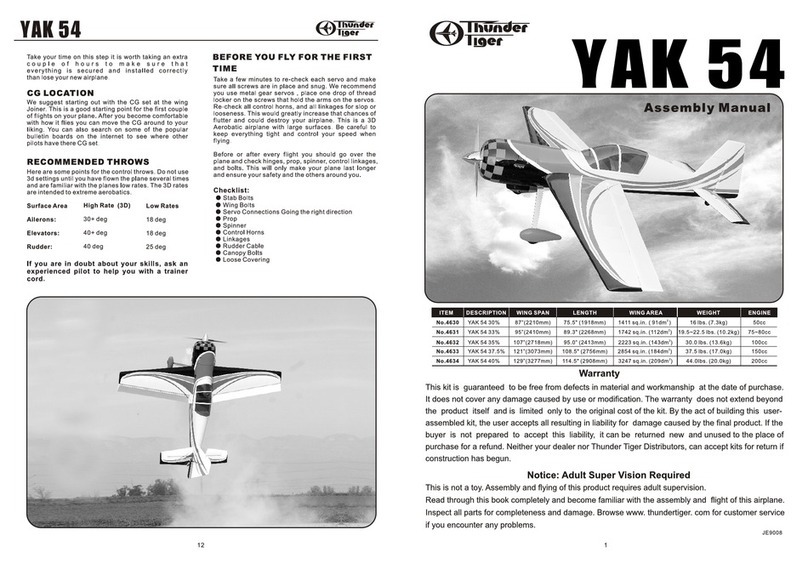
THUNDER TIGER
THUNDER TIGER YAK 54 User manual

THUNDER TIGER
THUNDER TIGER Soaring Star User manual
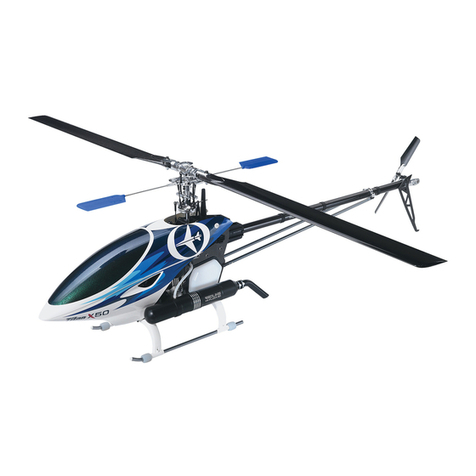
THUNDER TIGER
THUNDER TIGER Raptor 50 titan SE Quick guide

THUNDER TIGER
THUNDER TIGER DUCATI DESMOSEDICI User manual
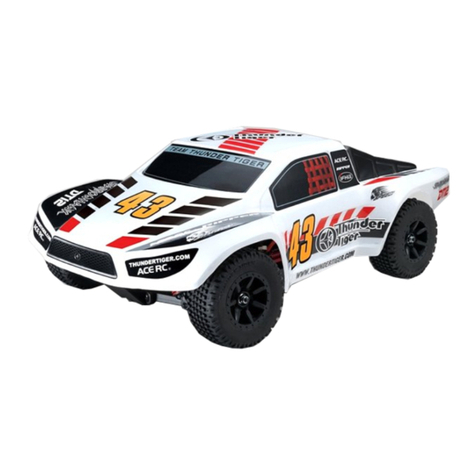
THUNDER TIGER
THUNDER TIGER Sparrowhawk DT12 Installer manual

THUNDER TIGER
THUNDER TIGER Tiger Trainer MKIII User manual
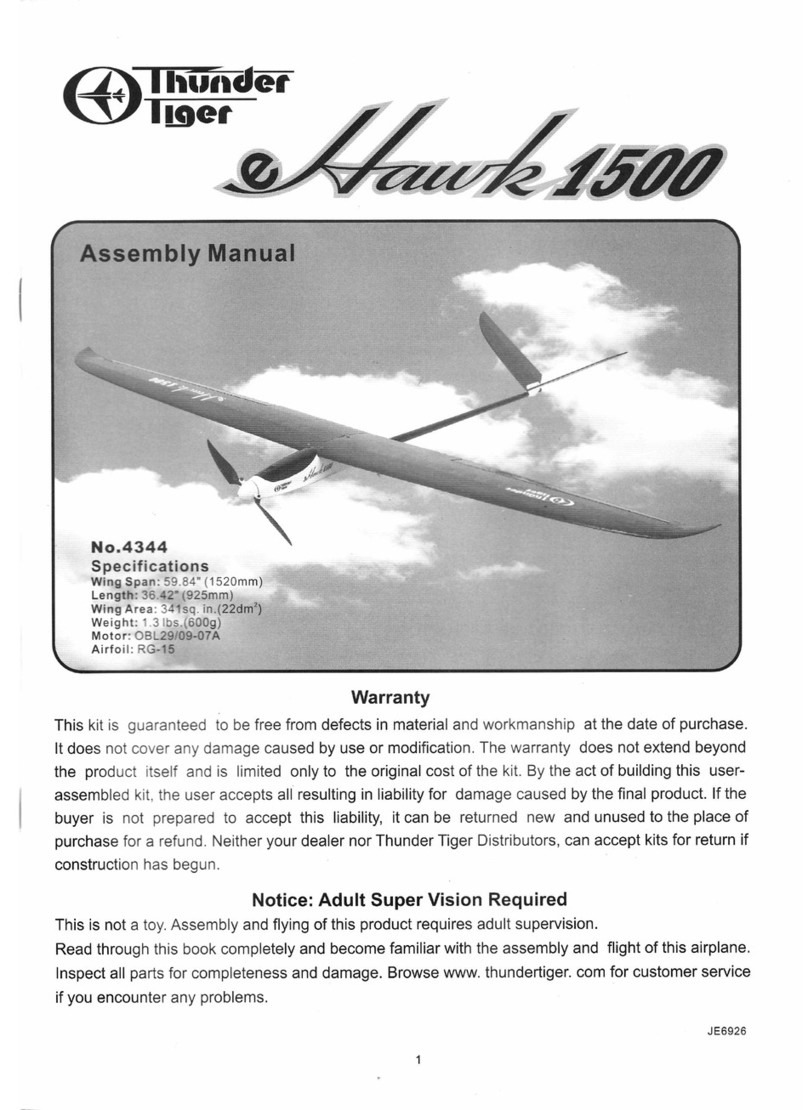
THUNDER TIGER
THUNDER TIGER eHawk 1500 User manual
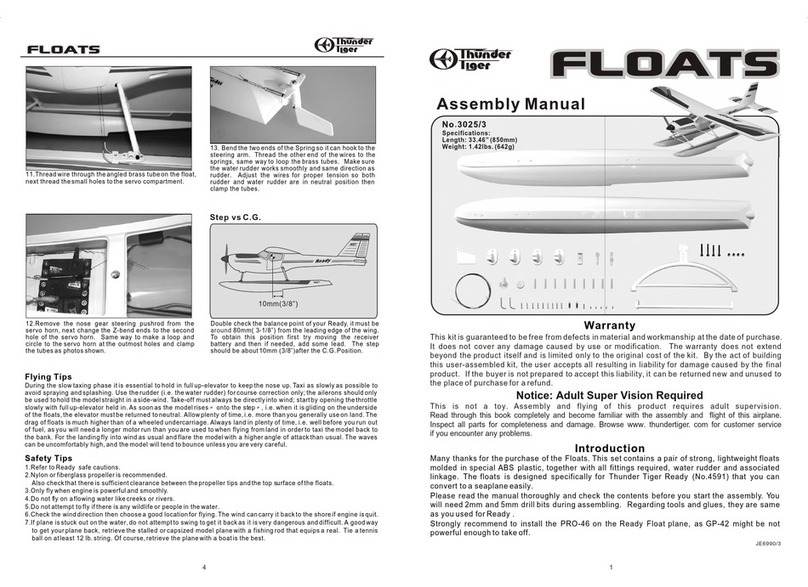
THUNDER TIGER
THUNDER TIGER Floats 3025/3 User manual
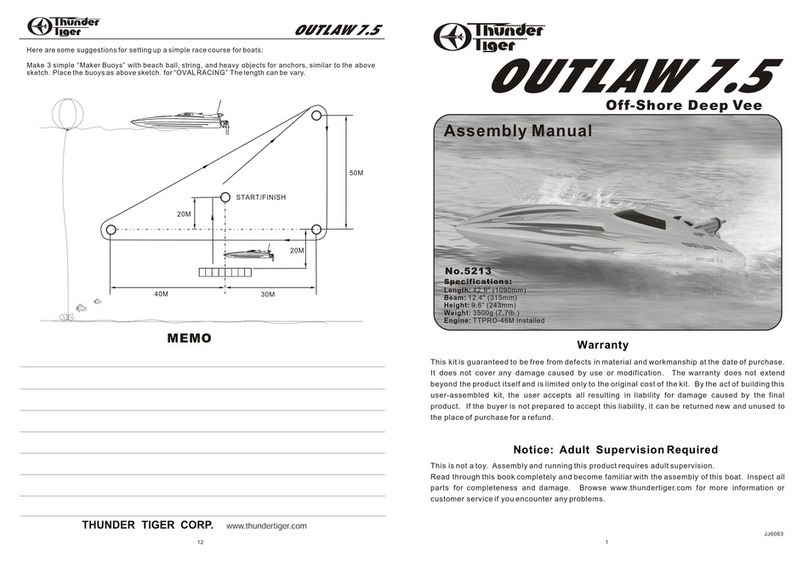
THUNDER TIGER
THUNDER TIGER Outlaw 7.5 User manual
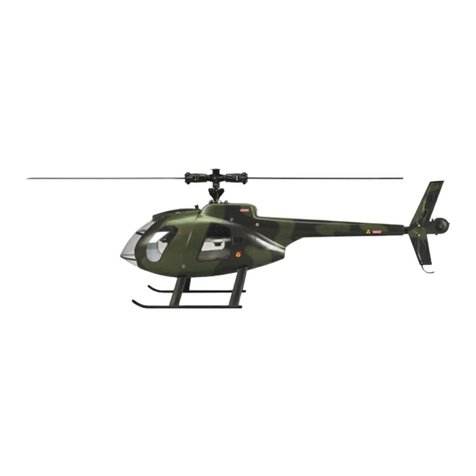
THUNDER TIGER
THUNDER TIGER Raptor E300 md User manual
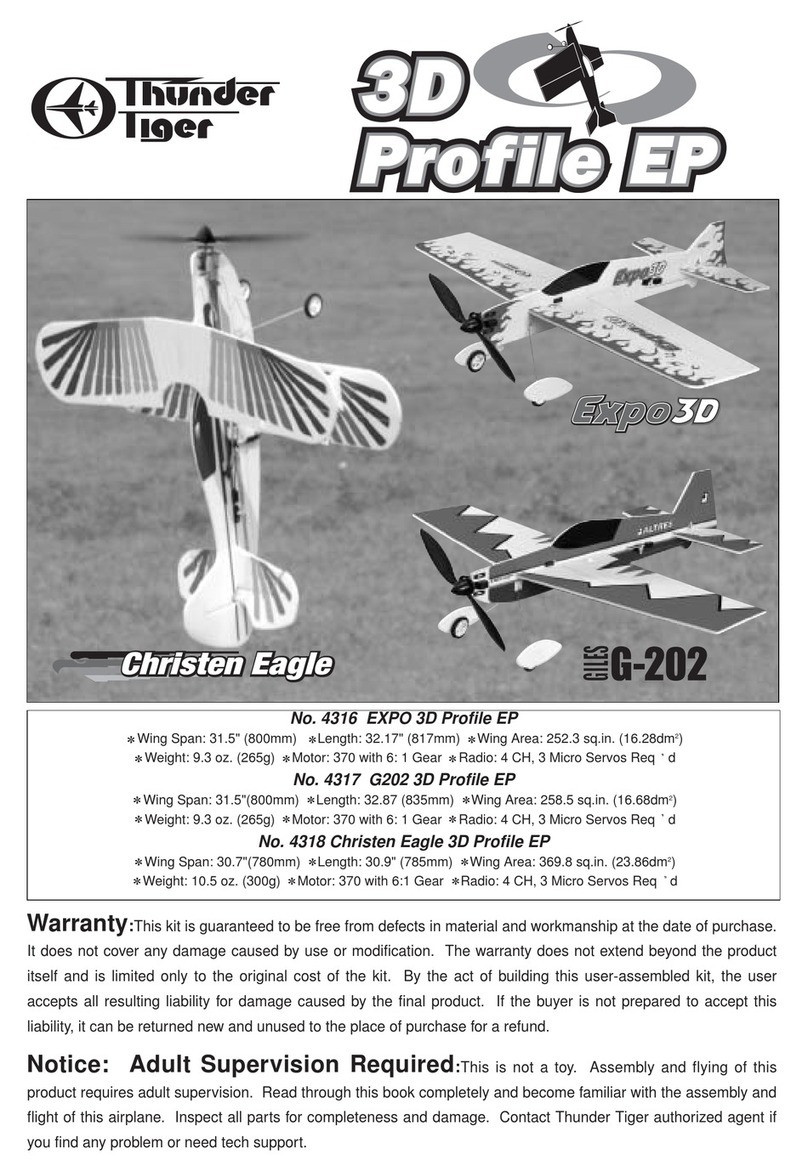
THUNDER TIGER
THUNDER TIGER 4318 Christen Eagle 3D Profile EP User manual
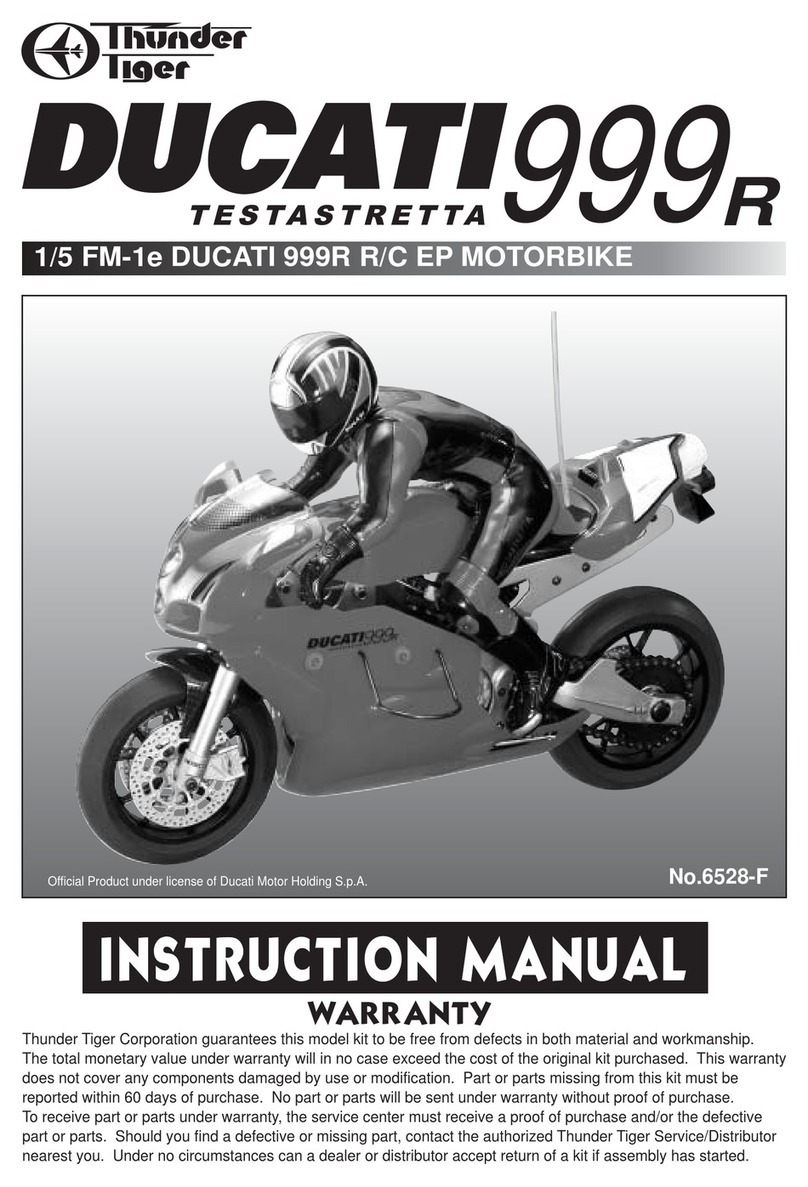
THUNDER TIGER
THUNDER TIGER DUCATI 999R User manual
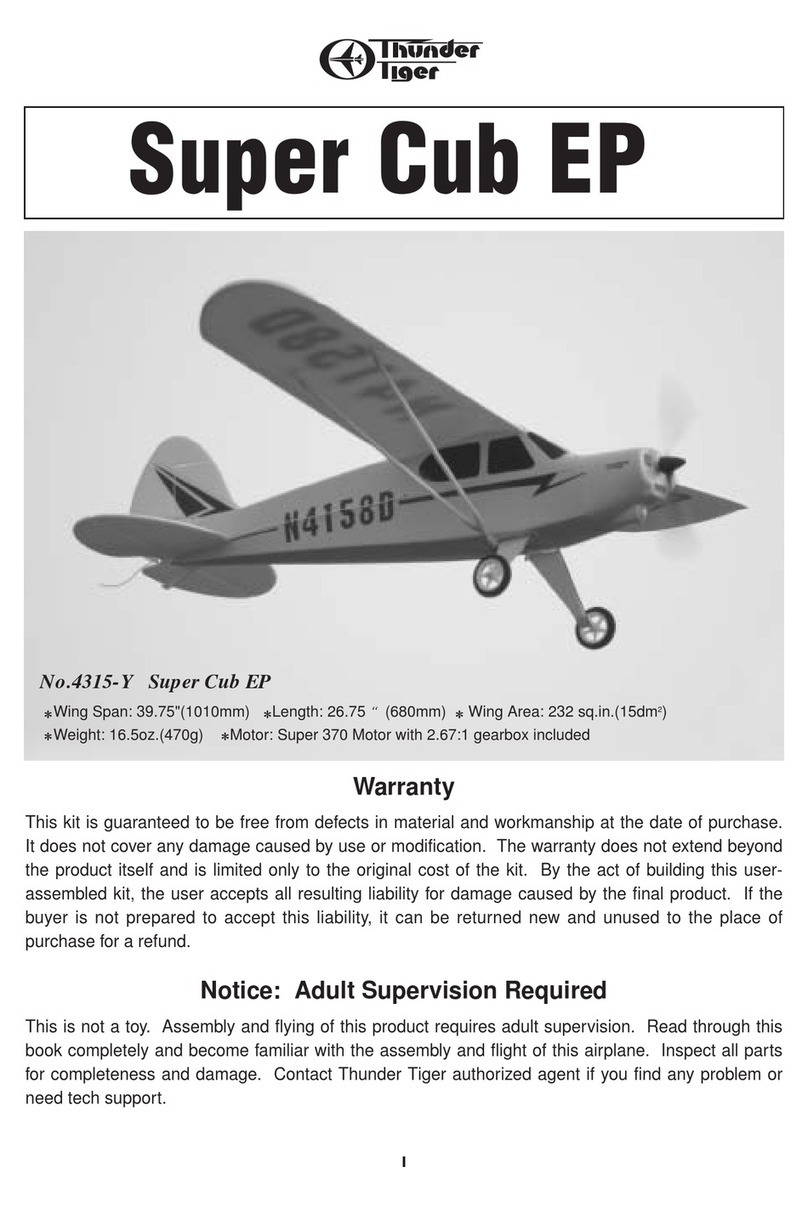
THUNDER TIGER
THUNDER TIGER 4315-Y User manual
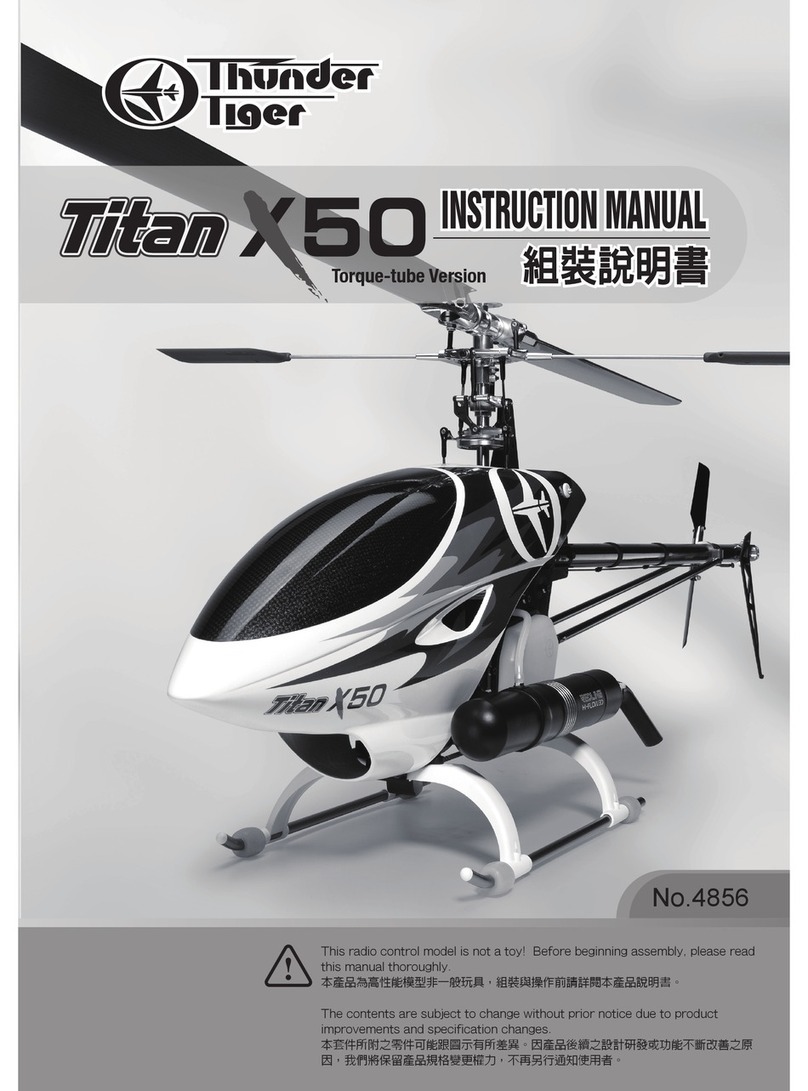
THUNDER TIGER
THUNDER TIGER TITAN X50 - User manual
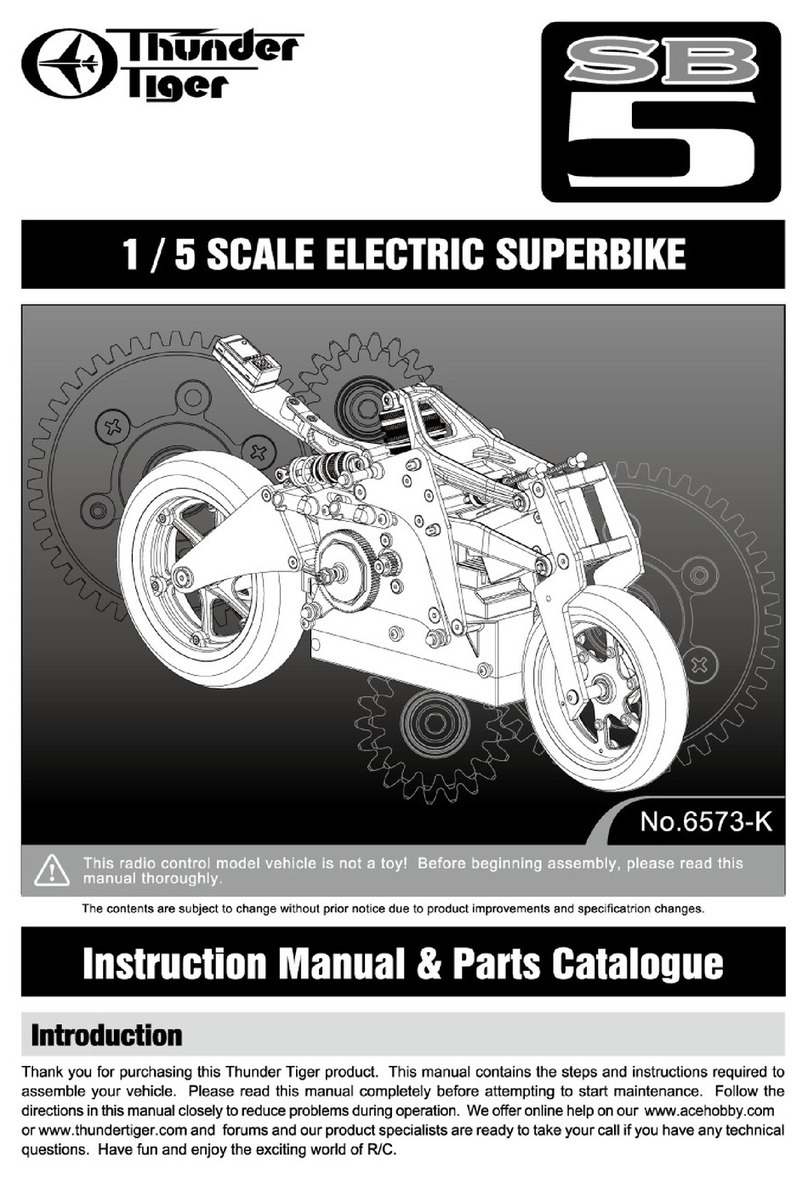
THUNDER TIGER
THUNDER TIGER SB 5 Installer manual
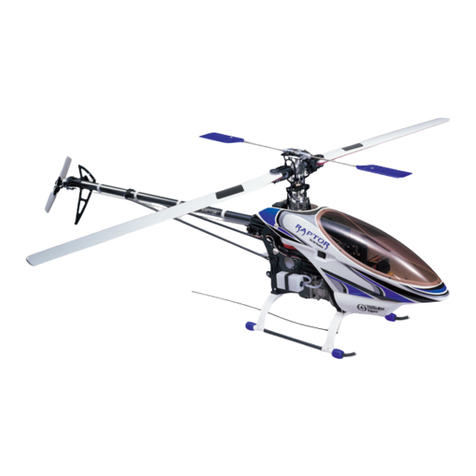
THUNDER TIGER
THUNDER TIGER Raptor 90 3D Quick guide
Popular Toy manuals by other brands

FUTABA
FUTABA GY470 instruction manual

LEGO
LEGO 41116 manual

Fisher-Price
Fisher-Price ColorMe Flowerz Bouquet Maker P9692 instruction sheet

Little Tikes
Little Tikes LITTLE HANDIWORKER 0920 Assembly instructions

Eduard
Eduard EF-2000 Two-seater exterior Assembly instructions

USA Trains
USA Trains EXTENDED VISION CABOOSE instructions
